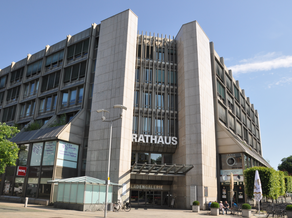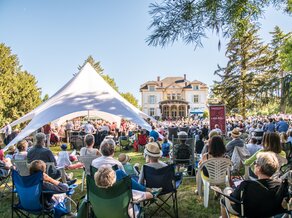We know little about Hölderlin's second stay in Homburg. Hölderlin traveled back from Bordeaux on foot. That was exhausting. Susette Gontard died on June 22, 1802, which was a heavy blow for Hölderlin. Many friends turned their backs on him. Only Sinclair stayed with him. Sinclair brought him to Homburg in June 1804. Sinclair hoped that Hölderlin would recover. Sinclair wanted Hölderlin to build on the good days of his first stay.
On February 26, 1805, Sinclair was arrested. It was thought that he was planning a conspiracy against the Elector of Württemberg. Sinclair was brought to Ludwigsburg. Hölderlin was then alone in Homburg. Hölderlin was also threatened with extradition to Württemberg. He had taken part in a meeting with Sinclair on June 19, 1804. The meeting was political and secret.
Hölderlin was already very ill. The situation made him even more ill. Almost all his friends had left him. His relationship with his mother was very poor. Hölderlin could hardly write any poems or letters. Homburg became an important place in his life. Sinclair returned to Homburg after his acquittal. He found Hölderlin completely confused. In August 1806, Sinclair wrote to Hölderlin's mother. He could no longer care for Hölderlin. His mother decided to take Hölderlin to a clinic. The clinic was run by Dr. Autenrieth in Tübingen. On September 11, 1806, Hölderlin was brought to Tübingen. He was put into a carriage. The dream of more years as a poet in Homburg was over.







